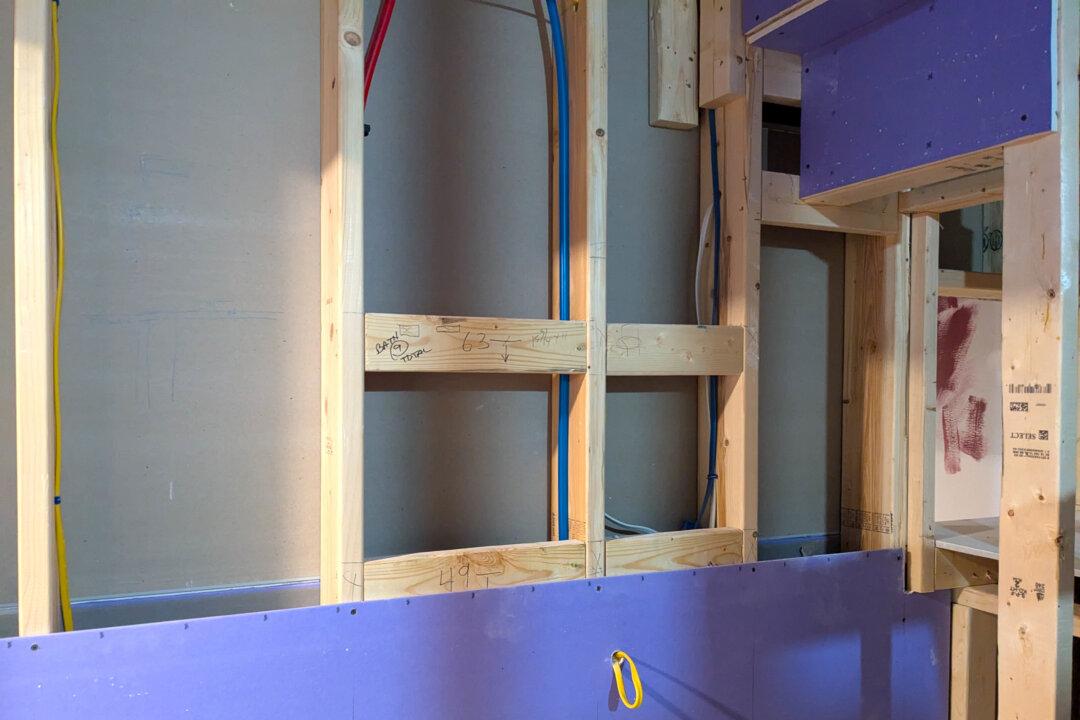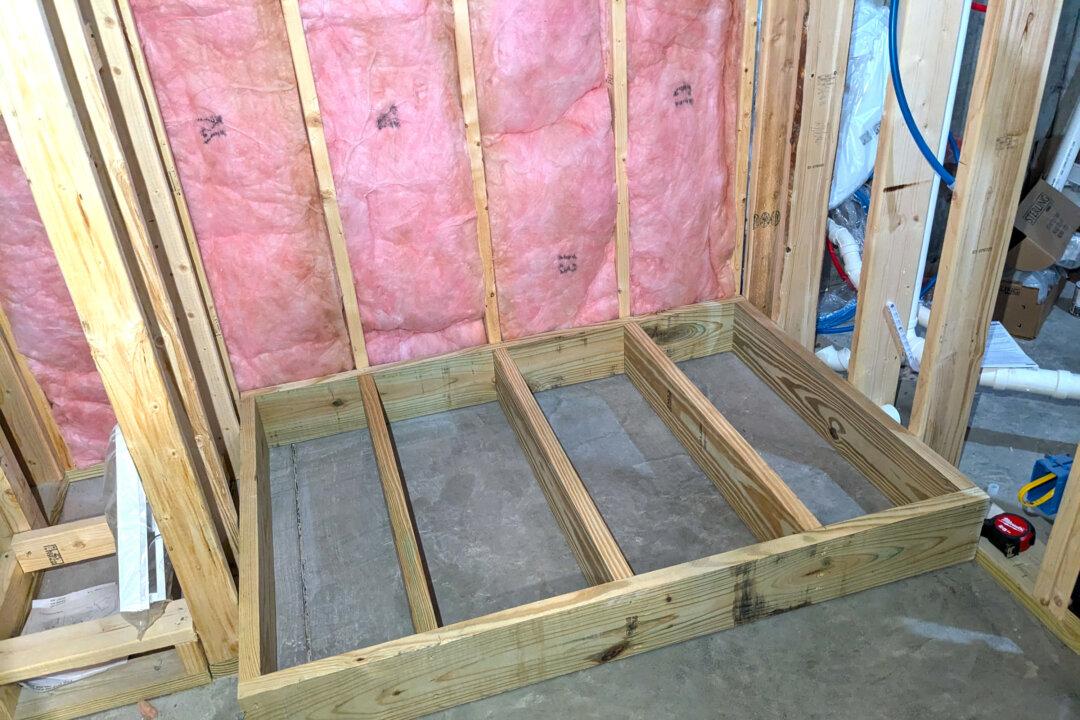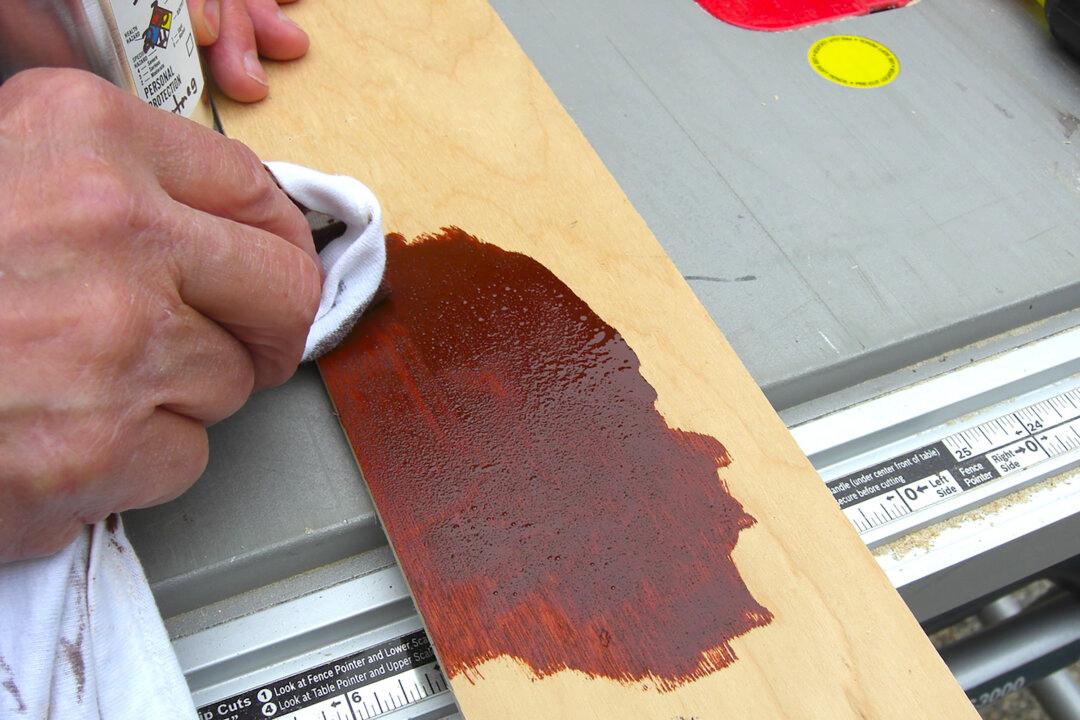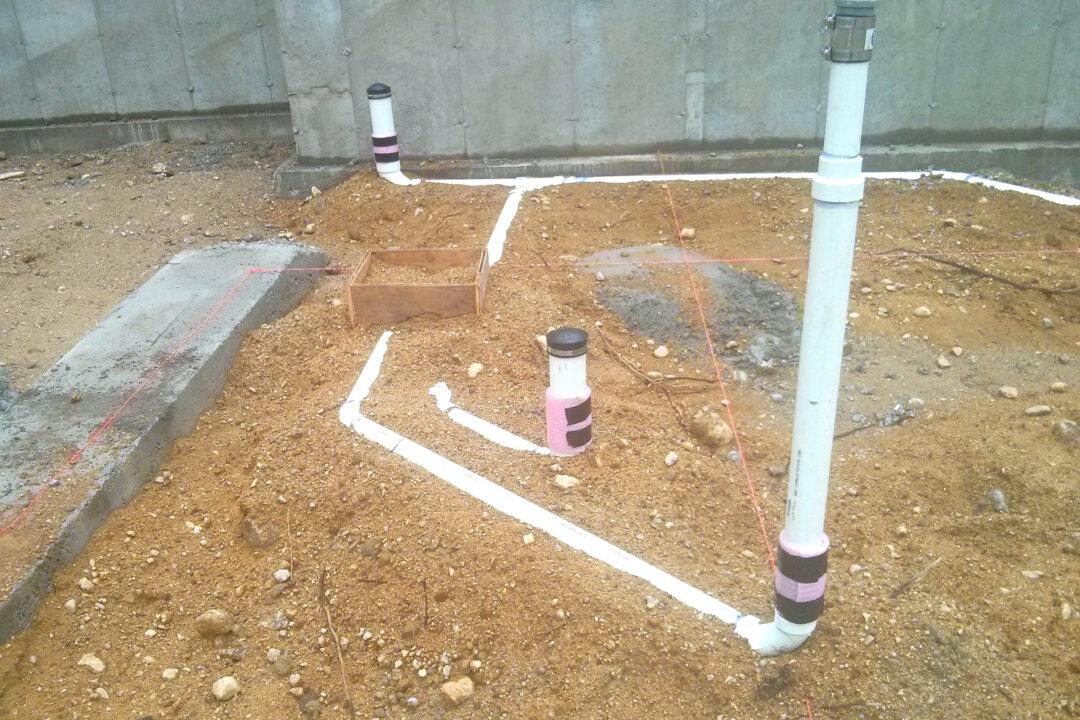Two months ago I made a trip to Cincinnati to attend a retirement party for one of my geology professors. It’s my hometown, and when I go back I spend at least a week there visiting friends. One of them, Tom, a grade school friend, invited me to a gathering about 60 miles east of Cincinnati in Maysville, Kentucky.
The group of his friends were at a house deep in the woods. It was a magnificent autumn day and the homeowner, who’s an auto mechanic, built the home. What made it special is that he used timber from the land to build the home, and he incorporated that wood into some of the furnishings inside. One thing that caught my eye was the custom bathroom vanity made from several species of hardwood trees that had grown on this wood lot. It was stunning, to say the least.
You may never build your own vanity, but you should be aware of how just a few dimensional inches makes a huge difference when it comes to how you interact with a bathroom vanity.
Take me for example. My wife uses one vanity in our home and I use another. When I have to use hers for whatever reason, I find I have to stand on my tip toes to cup my hand under the faucet. That doesn’t happen at my vanity.
I decided to measure them and, lo and behold, my wife’s vanity top is just a half-inch less in depth than a regular kitchen countertop. No wonder I have to stand on my tiptoes! My vanity top only measures 22 inches from the wall to the front edge of the top. That’s just a 3.5-inch difference from my wife’s.
The height above the floor also makes a difference. Most kitchen cabinets are 34.5 inches tall. Both of our vanities at our home are this height. This is great for taller people, although my wife and I are by no means tall. This is something you should keep in mind when you get ready to buy a new vanity. If you’re a shorter person, you can get vanity cabinets that are not as tall as the ones I have in my home.
One accessory you should consider is a slide-out drawer in the base of the vanity. Most cabinets don’t come standard with this feature. If you’ve ever had to get on your knees to try to find something stuffed way in the back of the vanity, you’ll appreciate how nice it is to slide out the full-width drawer and have everything under the vanity right were you can easily grasp it.
I’ve received quite a few complaints over the years from homeowners who don’t like how much space their vanity drain line takes up in the cabinet. This is a valid complaint. The issue is a plumber may not know the height of the vanity you’ll be using, and he may not know how deep the sink will be. This forces the plumber to put the pipe sticking out of the wall lower than it might need to be.
In the case of my daughter’s new home, she selected a vessel sink that sits on top of the countertop! This meant that I could rough in the pipe coming out of the wall much higher than normal to give her maximum storage space in the cabinet below.
If you want maximum open space inside your vanity cabinet, it really pays to select the cabinet, the sink and your faucet before you start to build. Your plumber can then use all the illustrations and diagrams to ensure he roughs in the drain pipe as high as possible.
You’ll discover you may be able to have the center of the pipe 22 inches or more above the finish floor. Speaking of flooring, it’s always a great idea to make sure the finish floor of the bathroom extends under the vanity cabinet. This makes for a cleaner look, and you’ll be doing a future homeowner a favor in case they want to use a smaller vanity cabinet, a pedestal sink or a wall-hung sink.
If you’re installing a new faucet, do yourself a huge favor. Be sure to save all of the paperwork and the installation manual that comes with the faucet. Put it in a plastic storage bag and tape this on one of the inside walls of the vanity in full view. The owners manual almost always has a parts list that will be invaluable in the future. Include the tub/shower valve manual in the bag if you have it.
To really be prepared, your new faucet will probably be equipped with cartridges that control the flow of water. Purchase replacement ones within a few years of putting the faucet into daily use. Store these parts in the bag as well. This way if a cartridge starts to leak, you don’t have to bemoan supply-chain issues or other excuses for why you can’t get a replacement part immediately. You can reach in the bag and install your new cartridge in minutes.





